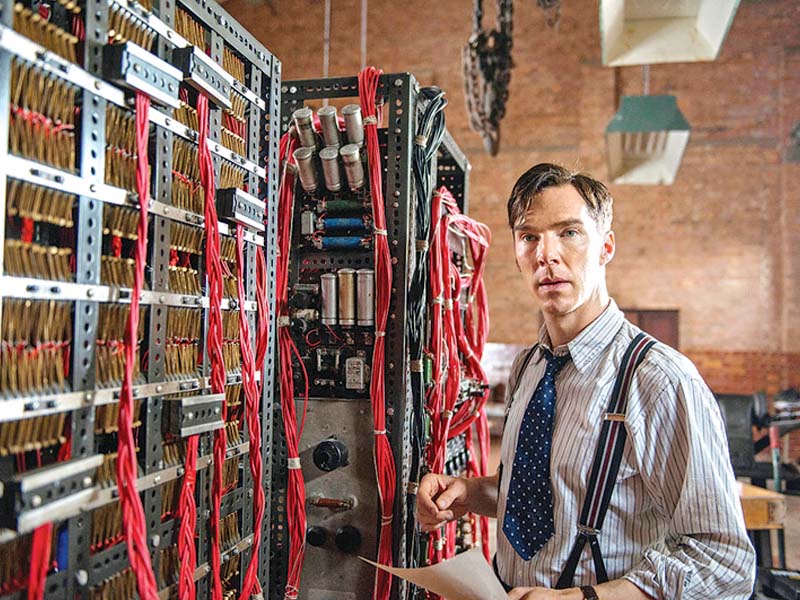
The aural artefact, which paved the way for everything from synthesisers to modern electronica, opens with a staunchly conservative tune — the British national anthem God Save the Queen.
Researchers at the University of Canterbury (UC) in Christchurch said it showed Turing — best known as the father of computing, who broke the WWII Enigma code — was also a musical innovator.
“Alan Turing’s pioneering work in the late 1940s, on transforming the computer into a musical instrument, has been largely overlooked,” they said.
The recording was made 65 years ago by a BBC outside-broadcast unit at the Computing Machine Laboratory in Manchester, northern England.
The machine, which filled much of the lab’s ground floor, was used to generate three melodies; God Save the Queen, Baa Baa Black Sheep and Glenn Miller’s swing classic In the Mood.
But when UC professor Jack Copeland and composer Jason Long examined the 12-inch (30.5 centimetre) acetate disc containing the music, they found the audio was distorted.
“The frequencies in the recording were not accurate. The recording gave, at best ,only a rough impression of how the computer sounded,” they said.
They fixed it with electronic detective work, tweaking the speed of the audio, compensating for a “wobble” in the recording and filtering out extraneous noise.
“It was a beautiful moment when we first heard the true sound of Turing’s computer,” Copeland and Long said in a blog post on the British Library website.
There are also a number of glitches and when the music halts during the Glenn Miller number, a presenter comments, “The machine’s obviously not in the mood.”
While Turing programmed the first musical notes into a computer, he had little interest in stringing them together into tunes.
That work was carried out by a school teacher named Christopher Strachey, who went on to become a renowned computer scientist in his own right.
Strachey recalled that Turing’s taciturn response upon hearing his machine play music was “good show.”
Turing was a computer scientist, philosopher and cryptologist who played a crucial role in breaking the Nazi’s Enigma Code.
Published in The Express Tribune, September 27th, 2016.
Like Life & Style on Facebook, follow @ETLifeandStyle on Twitter for the latest in fashion, gossip and entertainment.

















COMMENTS
Comments are moderated and generally will be posted if they are on-topic and not abusive.
For more information, please see our Comments FAQ